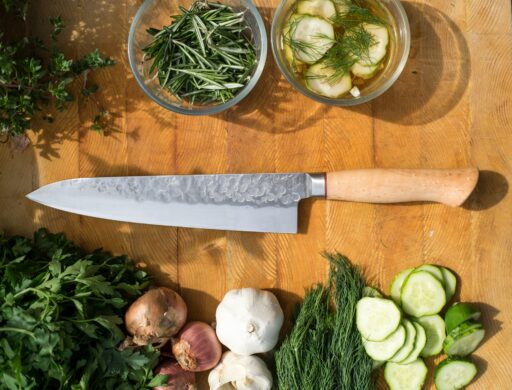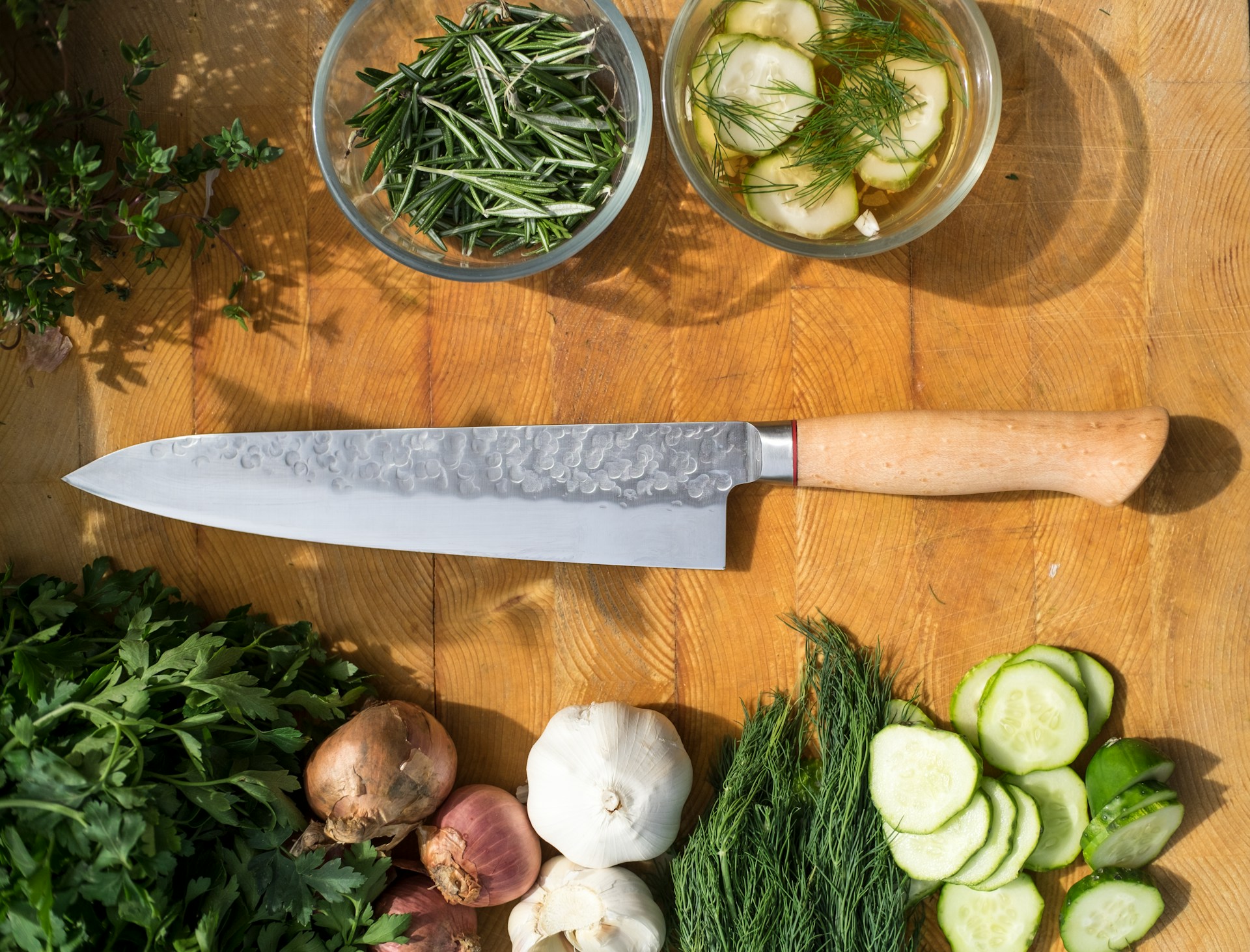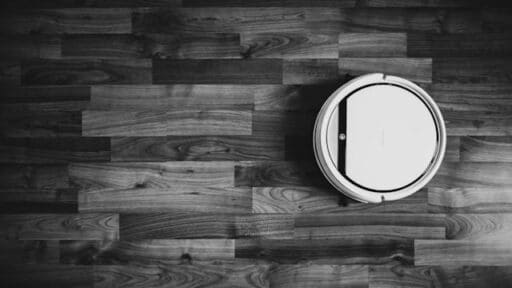Leather craft is an art where not only the skills of the master are important, but also the right tools. Among them, the knife plays a leading role. It determines the accuracy of the lines, the neatness of the cuts, and the safety in the workplace. Choosing the most suitable tool is likely to be the difference between an amateurish result and a professional-quality product.
Using a leather knife or other specialized tools helps to work with leather more efficiently. Any master knows this fact: without a good cutting knife for leather, it is quite impossible to gain the necessary level of accuracy and productivity.
Why the Right Leather Knife Matters
The right tool in leather craft is not only comfort, but also the key to a professional result. A leather knife is designed with the material’s specific properties in mind, providing accuracy, convenience, and a safe working environment.
Precision in leathercraft
All details in the craft are built on precision. Using a special leather craft knife guarantees even cuts without torn edges. The craftsman has the opportunity to create identical parts that can be easily combined into a finished product. A regular cutting tool is not suitable here – you need a high-quality knife for cutting leather, which provides control and stability.
Safety and comfort while cutting
Working with thick or tough leather requires a tool that fits well in the hand. The right leather working knife reduces the risk of slipping and injury. Secondly, the ergonomic design of the handle helps reduce fatigue over extended working periods. Thus, safety and comfort are the second reason proper knife selection is a big deal.
Types of Leather Knives
There are several main types of knives for working with leather. Each of them has its own purpose, shape, and advantages. Let’s consider the most popular options.
- Round knife (head knife). One of the oldest and most versatile tools. Such a leather knife has a semicircular blade, which is convenient for making both long, straight cuts and rounded shapes. It is often considered the best leather cutting knife for experienced craftsmen.
- Utility and straight knives. These tools are similar to utility knives with a straight blade. They are good for beginners, as they are easy to control. A leather cutting knife is often used for fitting parts or making simple linear cuts.
- Skiving knife. This type specializes in thinning leather. Using a leatherworking knife of this format, craftsmen prepare the edges of parts for neat seams. Without it, it is difficult to create a professionally made wallet or belt.
- Specialty knives for detailing. Narrow or figured leather craft knives are used for decorative work. They allow you to cut patterns, small elements, and create individual product designs.
Best Leather Knife for Different Projects
There is no universal solution for all tasks. Each project requires its own tool:
- Beginner-friendly options
Beginners are best to start with a simple knife for cutting leather, such as a straight utility knife. It is inexpensive, convenient, and helps you master simple techniques in no time.
- Professional-grade knives
Experienced craftsmen are more suitable for carpenter’s axes and more complex tools, such as a round knife or a high-quality skiving knife. Such knives allow you to achieve maximum accuracy and work with complex materials.
- Multi-purpose vs. specialized tools
Universal leather knives are suitable for most tasks, but specialized tools can yield a better result. For example, a leather working knife for thinning cannot be replaced by any other type.
Where to Buy Quality Leather Knives
Apart from the instrument itself, the proper place to buy it is no less important. Quality materials and reputable brands guarantee the knives’ durability.
Online stores and trusted brands. Today, you can find a knife for leather in numerous online stores. It is worth paying attention to proven brands that specialize in craft tools. This will help prevent the creation of low-quality copies.
Why forged steel knives stand out
Forged steel knives are highly resistant and strong. This kind of leatherworking knife lasts longer on the edge, is less prone to sharpening, and can withstand rough loads.








